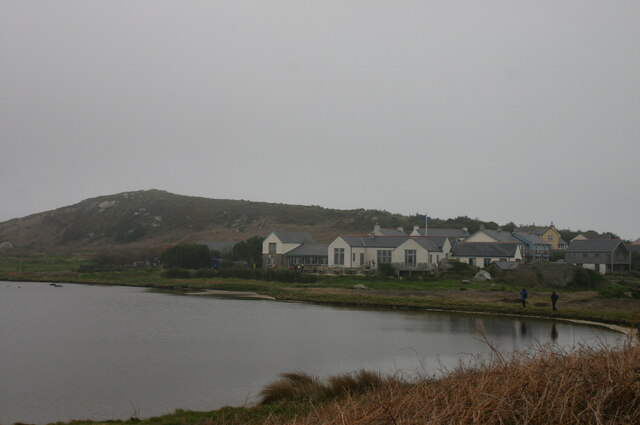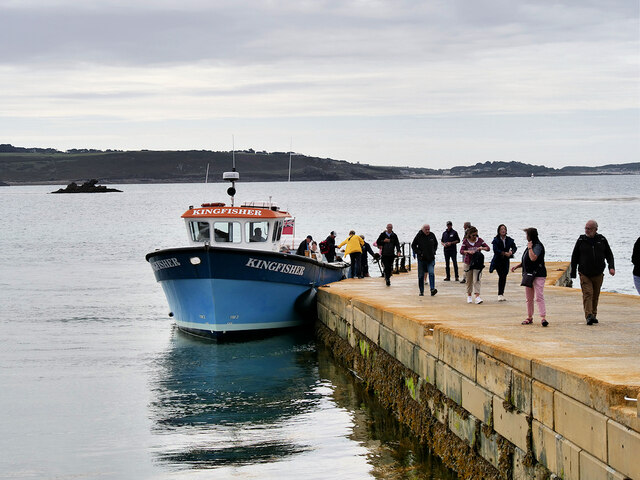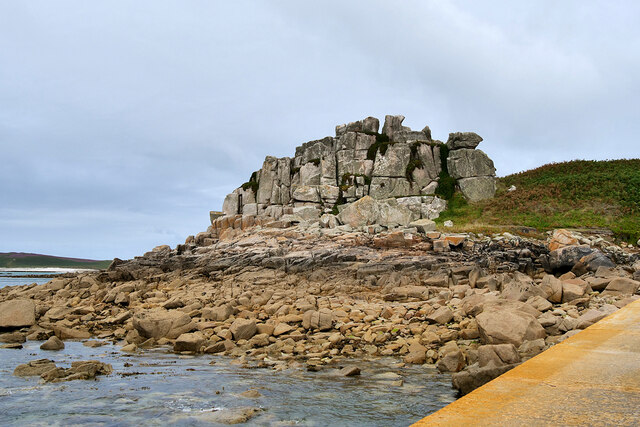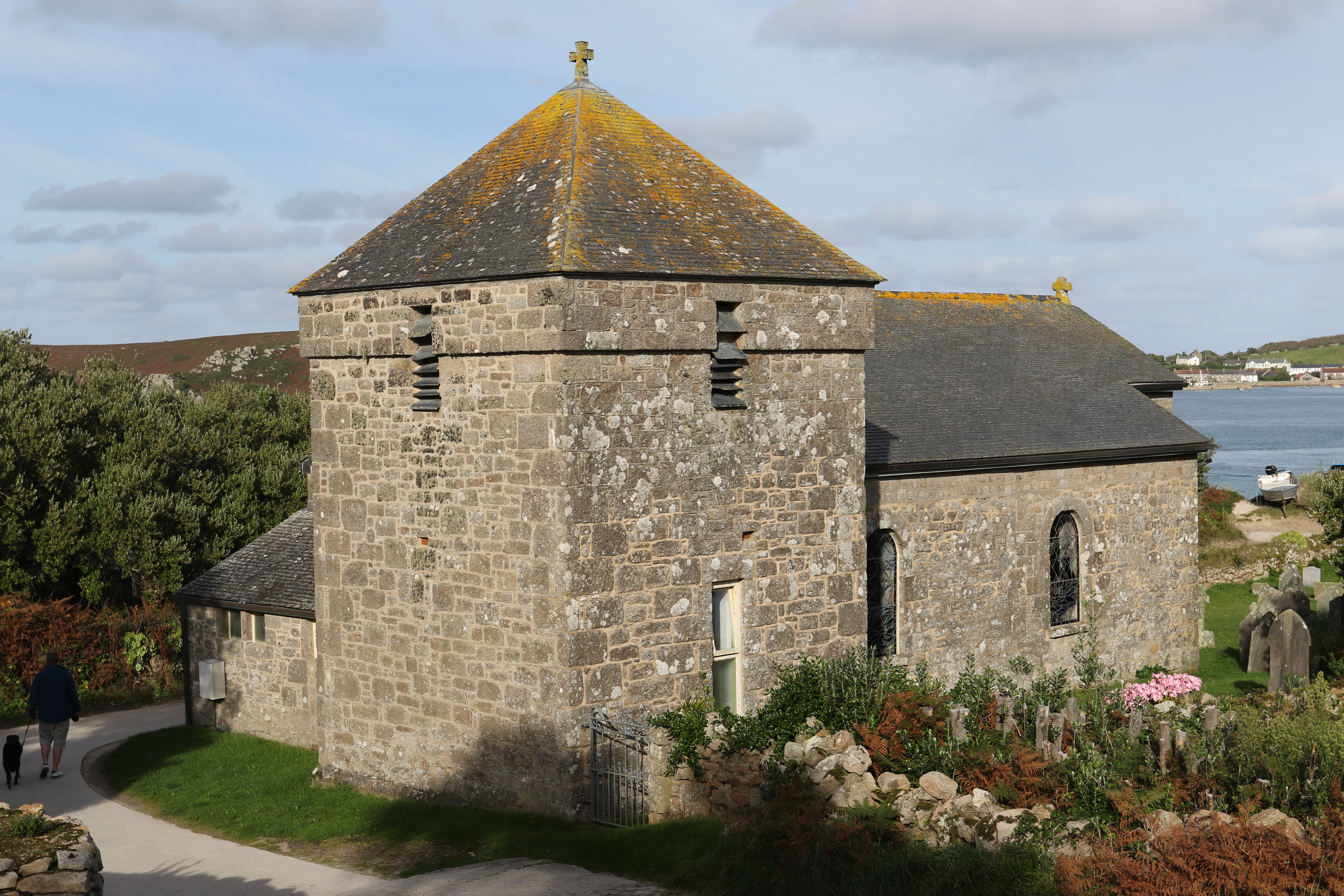Works Carn
Coastal Feature, Headland, Point in Cornwall
England
Works Carn

Works Carn is a prominent headland located in Cornwall, England. Situated along the rugged coastline of the Atlantic Ocean, it is known for its dramatic cliffs and stunning panoramic views. The headland is positioned near the village of Carn Brea, overlooking the popular tourist destination of St. Ives Bay.
Works Carn is characterized by its towering cliffs, which reach heights of up to 100 meters above sea level. These cliffs are composed of sedimentary rocks, mainly granite and slate, providing a visually striking contrast against the deep blue waters below. The headland is also home to several small rocky beaches, offering visitors the opportunity to explore tide pools and observe a diverse array of marine life.
The exposed location of Works Carn makes it a haven for seabirds, including gulls, cormorants, and razorbills. These species can often be seen nesting and feeding in the vicinity, adding to the area's natural beauty and biodiversity.
Visitors to Works Carn can enjoy breathtaking views of the surrounding coastline and the open sea. On clear days, it is possible to see landmarks such as Godrevy Lighthouse and the iconic St. Ives Bay. The headland is a popular spot for hikers and nature enthusiasts, who can explore the coastal paths and take in the stunning scenery.
Overall, Works Carn offers a captivating coastal experience, showcasing the raw beauty of Cornwall's rugged landscape and providing a glimpse into the region's rich natural heritage.
If you have any feedback on the listing, please let us know in the comments section below.
Works Carn Images
Images are sourced within 2km of 49.945888/-6.3528143 or Grid Reference SV8714. Thanks to Geograph Open Source API. All images are credited.













Works Carn is located at Grid Ref: SV8714 (Lat: 49.945888, Lng: -6.3528143)
Division: Isles of Scilly
Unitary Authority: Isles of Scilly
Police Authority: Devon and Cornwall
What 3 Words
///laptops.uttering.banks. Near Bryher, Isles of Scilly
Nearby Locations
Related Wikis
All Saints' Church, Bryher
All Saints' Church is a Grade II listed parish church in the Church of England located in Bryher, Isles of Scilly. == History == Bryher is the most westerly...
Bryher
Bryher (Cornish: Breyer, lit. 'place of hills') is one of the smallest inhabited islands of the Isles of Scilly, with a population of 84 in 2011, spread...
RNAS Tresco
RNAS Tresco was a Royal Naval Air Service base on Tresco, the second largest island in the Isles of Scilly. From February 1917 to May 1919 aircraft patrolled...
Samson, Isles of Scilly
Samson (Cornish: (Enys) Sampson) is the largest uninhabited island of the Isles of Scilly, off the southwestern tip of the Cornish peninsula of Great Britain...
Nearby Amenities
Located within 500m of 49.945888,-6.3528143Have you been to Works Carn?
Leave your review of Works Carn below (or comments, questions and feedback).






